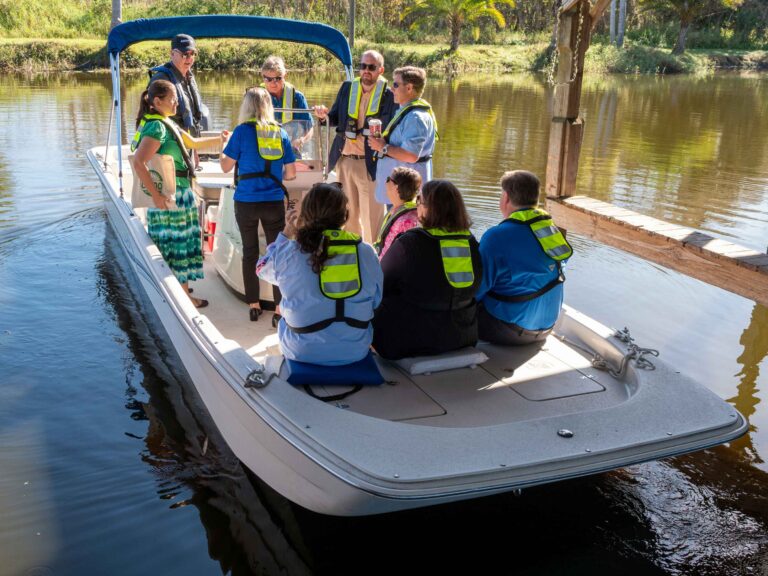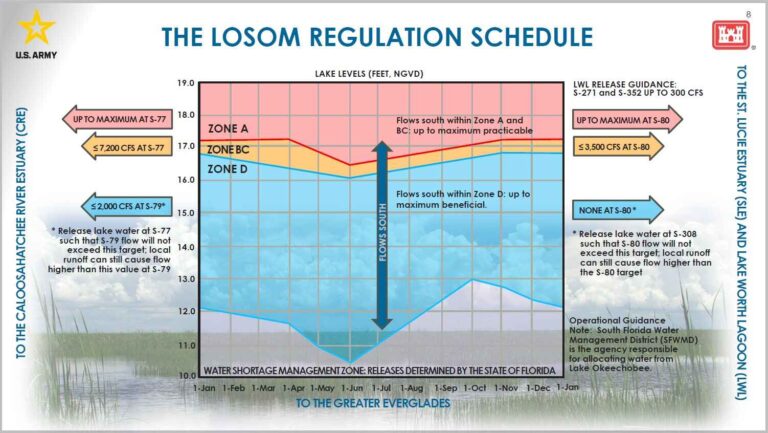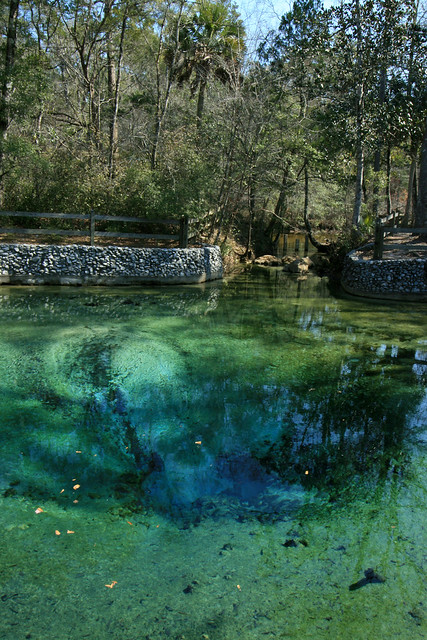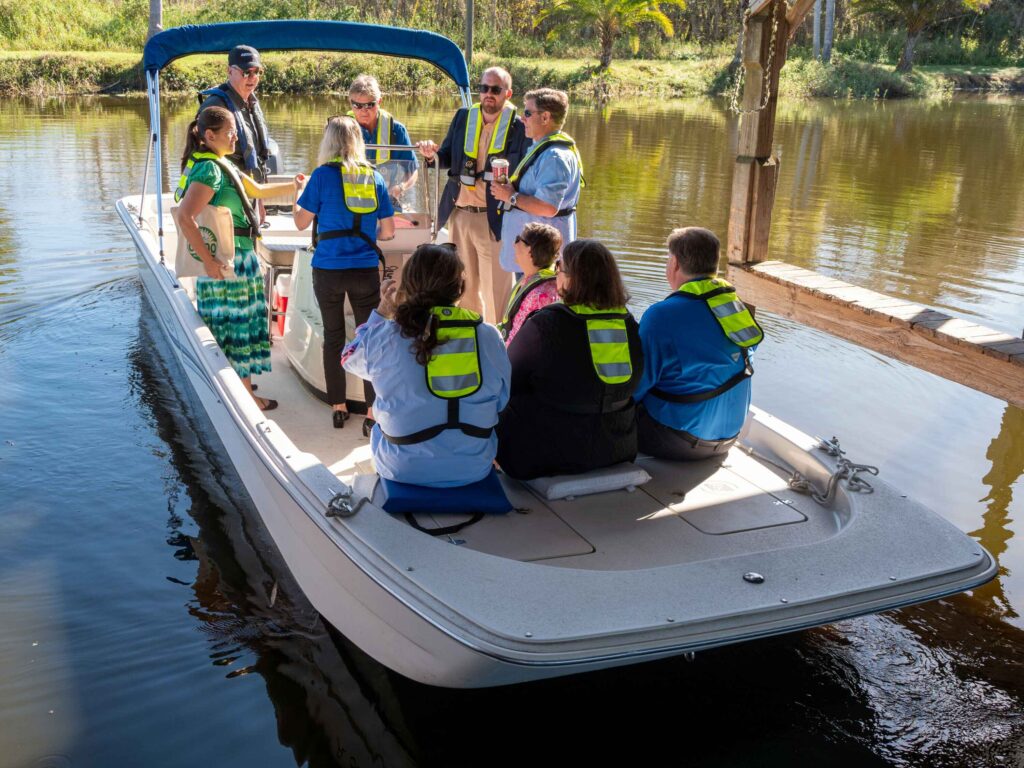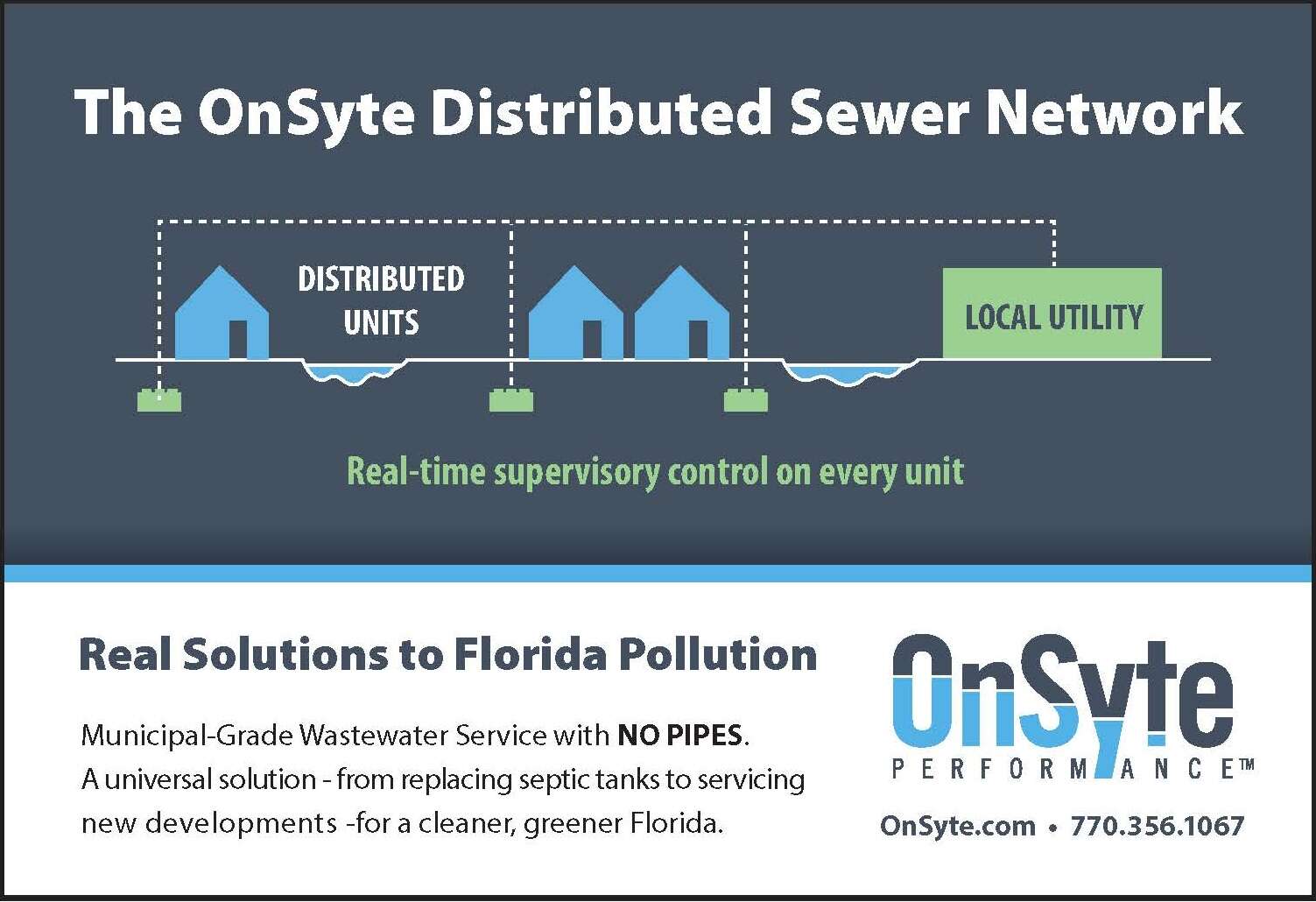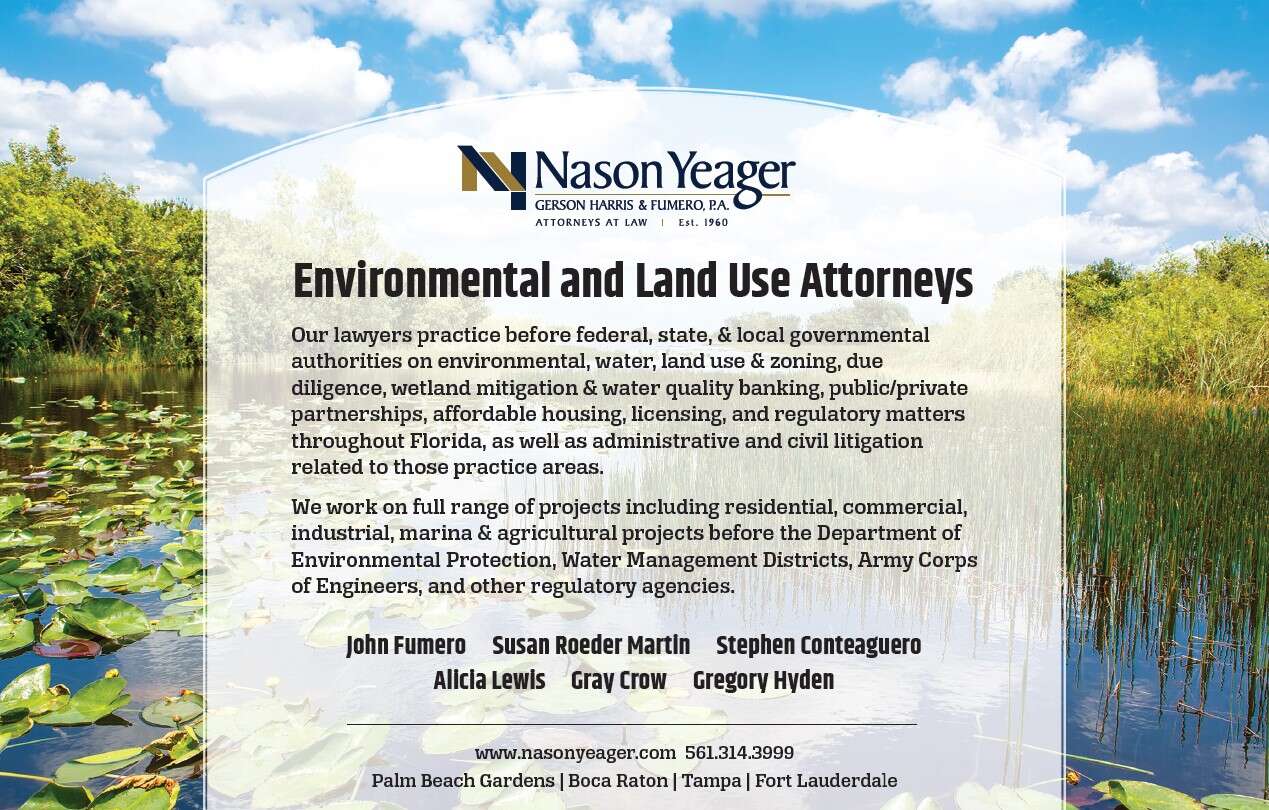By LUNA E. PHILLIPS
Lake Okeechobee is the literal and figurative heart of the Central and South Florida Project. As the largest freshwater lake in the U.S., it provides many important functions such as flood control, water supply, navigation and recreation.
The Lake has been regulated for decades, with lake schedules dating back to the 1940s. It is managed by the U.S. Army Corps of Engineers with the South Florida Water Management District (District) serving as the local partner. Together, the State and Federal government work to release water based on the regulation schedules and considerations. A new Lake schedule, which was finalized in August, is unique and precedent-setting not only in its development but also in how the federal government and the state intend to manage the Lake – under operational flexibility.
The LOSOM Lake schedule was finalized and adopted on Aug. 12, and replaces a previous lake schedule called LORS08, which was established in 2008. The LORS08 schedule was adopted in response to the need to repair the Herbert Hoover Dike, the dike around the Lake. LORS08 was envisioned as a temporary, public safety-driven schedule, implemented to lower lake stages to allow the repairs to be completed over three years.
The Corps started the development of LOSOM in 2019, starting with scoping meetings and various sub-team meetings. The process then shifted into modeling iterations targeting the draft water control plans, Biological Opinions, and various points for public comments.
Stakeholders can locate a variety of documents on the Corps’ website pertaining to LOSOM, from the Final Environmental Impact Statement (EIS), to two Biological Opinions, stakeholder comment letters, and the recently signed Record of Decision. The Final EIS was posted to the Federal Register on June 24with a 30-day review period.
Not surprisingly, the Lake is important to many stakeholders across south Florida, with many of these stakeholders have competing interests. The battle cry of needing to balance interests and ensure that no one stakeholder benefits to the detriment of another led to the concept of managing the Lake under a more flexible schedule.
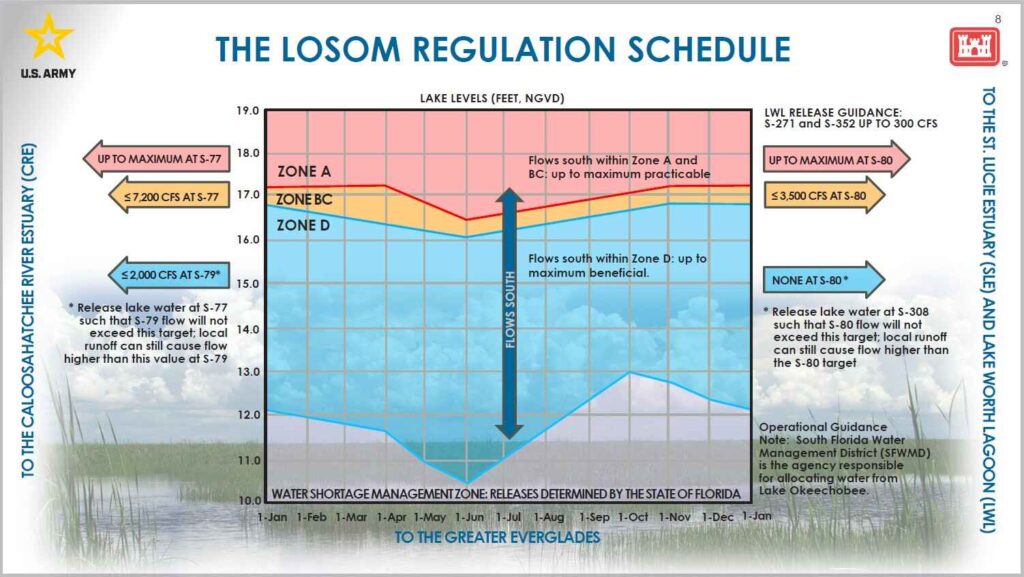
LOSOM is based on adaptive management and operational flexibility concepts grounded in the notion that management decisions will be made in response to changing factors, such as temperature and rainfall. LOSOM’s water control plan is the key to how the lake will be managed under this plan. It carries forth the intent to operate in a flexible manner by adopting management zones that provide for broad discretion in release decisions.
For comparison, in LOSOM’s Zone D, the water control plan allows estuarine discharges from 0 to 2,000 cubic feet per second. In comparison, LORS08’s main operating zone had more defined triggers, limiting releases and transferring more control to Florida at low stages; these are seemingly absent from LOSOM’s broader water control plan.
Representatives from the Corps and the District have publicly stated their support for a more flexible approach in lake management to balance the Lake’s multiple project purposes.
The LOSOM schedule states that release decisions will be made through correlated efforts by the Corps, with the District, Tribes and stakeholders. Stakeholders can access release decisions and participate in the process by attending the “Periodic Scientist Calls” hosted by the District and the Corps. In addition, Lake management information is also reported by the District on its website and at its monthly Governing Board meetings.
With this new increased operational discretion, stakeholders will need to be vigilant and engaged in the agencies’ decisions to determine how LOSOM’s operational flexibility will affect south Florida’s businesses, communities and agriculture in the coming months.
Information regarding LOSOM can be obtained at the Corps’ LOSOM website at www.saj.usace.army/mil/LOSOM
Luna Phillips is partner at the Gunster Law Firm and leads the firm’s environmental practice team. She is board certified in State and Federal Government and Administrative Law and has been practicing exclusively environmental law for 29 years.


